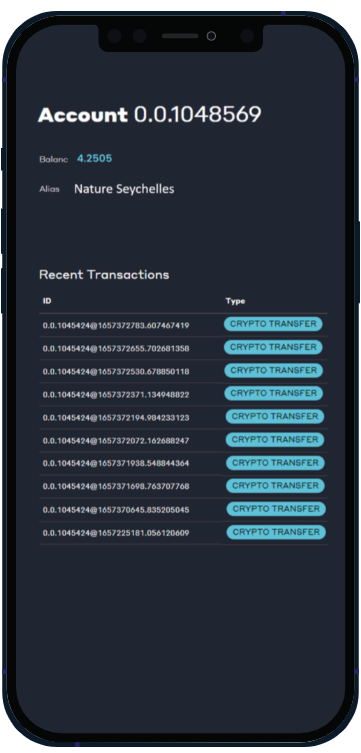Community co-design and engagement
Local community
Tech4Nature Mexico
The engagement of local leaders was integral from the project's inception, entrusting them with the characterization and selection of sampling and monitoring sites. Their insights and requirements were actively incorporated into the project's analysis. Timely presentation of results, widespread dissemination of their work and expertise, and inclusion in working meetings were paramount.
The Ministry of Sustainable Development from Yucatan has been engaging and working with the local communities living in and around the Reserve for several years, ensuring cross-pollination of knowledge, good governance and justice.
Moreover, the C Minds' AI for Climate initiative established a robust four-year collaboration with the Yucatan government, essential local stakeholders representing academia, innovation, and civil society sectors.
The comprehensive involvement of the local community across all project stages, encompassing design, deployment, data collection, and analysis, emerged as a pivotal and indispensable factor contributing to the project's successful implementation and the acquisition of valuable biodiversity information within the reserve.
